Dialogue in the Dark (Sucursal de Bukchon) (어둠속의대화 북촌점)
5.0Km 2025-05-12
Gahoe-dong, Jongno-gu, Seúl
Barrio Seochon (서촌마을)
5.0Km 2024-04-18
Pirun-daero 45, Jongno-gu, Seúl.
Groundseesaw Seochon (그라운드시소 서촌)
5.1Km 2024-04-19
Jahamun-ro 6-gil 18-8, Jongno-gu, Seúl
Museo de Historia Natural de Seodaemun (서대문자연사박물관)
5.1Km 2025-05-21
Yeonhui-ro 32-gil 51, Seodaemun-gu, Seúl.
Es el primer Museo de Historia Natural construido por el gobierno coreano. Es educativo y enseña cómo convivir armoniosamente con la naturaleza. Todo el año organiza programas para niños y jóvenes sobre el tema de la naturaleza, siendo también un lugar de descanso para todos los ciudadanos. Muchas entidades gubernamentales de Asia visitan este lugar para hacer benchmarking. La sala 1 abarca el tema de "La naturaleza y el hombre"; la sala 2, "La evolución de la naturaleza"; y la sala 3 trata sobre la Tierra y el medio ambiente.
Museo de las Joyas del Mundo (세계장신구박물관)
5.1Km 2023-10-13
Bukchon-ro 5-nagil 2, Jongno-gu, Seúl
Este museo se encuentra ubicado en la Calle Cultural de Samcheong-dong. Lee Gang-won, titular del museo, es poeta y ensayista. Durante 30 años ha recorrido 60 países y ha coleccionado alrededor de 3.000 joyas, de las cuales el museo exhibe, aproximadamente, un millar. No se tratan de joyas famosas y de alto costo, sino aquellas que poseen un valor especial por su historia.
El primer piso del museo está dividido en las siguientes salas: Sala del Ámbar, que muestra la textura de las eras antiguas del planeta; la Sala del Oro, que enloqueció a los europeos en el siglo XVI; la Sala de los Collares, decorados artísticamente; y la Sala de la Cruz. En el segundo piso, se encontrará con máscaras, anillos, etc., y las impresionantes salas del Marfil y Abalorios y de Joyas Modernas, entre otras.
Palacio Gyeongbokgung (경복궁)
5.1Km 2025-09-15
Sajik-ro 161, Jongno-gu, Seúl
Gyeongbokgung fue el palacio principal durante la dinastía Joseon (1392-1910). Es uno de los cinco palacios de Seúl y ostenta 600 años de historia. Fue edificado en 1395 por el monarca que fundó la dinastía Joseon, Lee Seong-Gye, cuando trasladó la sede de la capital de la era Goryeo hasta Seúl. Al estar situado en la parte norte de Seúl, solía ser llamado también como “Palacio del Norte”.
El palacio Gyeongbokgung tiene 501.676 metros cuadrados de superficie, dispuestos en forma de rectángulo. En el lado sur se halla la entrada principal, Gwanghwamun. Al norte, Sinmumun; al este, Yeongchumun; y al oeste, Geonchunmun. Dentro del palacio se encuentran pabellones como Geunjeongjeon, Gyotaejeon, Jagyeongjeon, Gyeonghoeru y Hyangwonjeong.
Geunjeongjeon, la sala principal, era el lugar en donde se realizaban las ceremonias oficiales y los funcionarios rendían los informes matutinos ante el rey. Frente al patio interno, se encuentran trazados tres senderos de granito. El del medio, levemente más elevado, era el trayecto por donde caminaba el monarca y los de los lados eran para su Corte. En el patio se levantan a cada lado los pumgyeseok (estelas de piedra con los cargos de los funcionarios públicos).
Jagyeongjeon y Gyotaejeon eran las residencias de la madre del rey y la reina, respectivamente. Jagyeongjeon es famoso por su muro con flores y por su sipjangsaeng-gulttuk (bajorrelieve de la chimenea). La gulttuk tiene el reconocimiento de ser una de las chimeneas más bellas construidas durante el período Joseon y se encuentra en la lista de los Tesoros Nacionales.
Gyotaejeon eran los aposentos de la reina, y el muro y la entrada posterior, que dan al monte Amisan, son particularmente atractivos a la vista. Además de esto, lo que acentúa aún más la elegancia del palacio Gyeongbokgung son sus estanques de flores de loto, Gyeonghoeru y Hyangwonjeoung.
Gyeonghoeru era el lugar en donde se reunían los dignatarios extranjeros y en donde se celebraban fiestas especiales cuando ocurrían buenos acontecimientos en la nación.
Hyangwonjeong es un espacio dentro del patio posterior, que se halla detrás de los aposentos. Al igual que Gyeonghoeru tiene un estanque de flores de loto; pero a diferencia del mismo, posee características distintivamente femeninas. Su arquitectura aprovecha muy bien la geografía de los alrededores del monte Amisan y toda el área se funde en una gran belleza, un ejemplo perfecto de la estructura tradicional de los palacios coreanos.
Asimismo, dentro de Gyeongbokgung hay una biblioteca, Sujeongjeon, en donde los funcionarios tenían largas horas de lectura y el Sajeongjeon, la oficina de trabajo del rey. Además, hay numerosas reliquias históricas designadas como patrimonios culturales. Muchas de ellas fueron traídas desde todos los lugares de la nación, y se pueden mencionar, como ejemplo, la torre de piedra de 10 pisos del templo Gyeongcheonsa, la torre Jigwangguksa-Hyeonmo del templo Beomcheonsa, el reloj Cheonsang de Borugak y el reloj de agua de Heumgyeonggak, entre otras.
En 1910, cuando se firmó el Tratado de Corea y Japón, los japoneses, tras ocupar la península, tiraron abajo todos los pabellones del área sur y levantaron allí su Gobernación. El edificio japonés fue desmantelado a fines del siglo XX y el palacio sigue en proceso de restauración.
Festival de la Cultura de la Realeza (궁중문화축전)
5.1Km 2025-06-27
Sajik-ro 161, Jongno-gu, Seúl
1522-2295
Los bellos palacios tradicionales tienen un gran valor como patrimonios tangibles e intangibles de la nación. En combinación con la tecnología más avanzada y toques artísticos, el Festival de la Cultura de la Realeza se celebra en los cuatro principales palacios antiguos de la ciudad: Gyeongbokgung, Changdeokgung, Deoksugung, Changgyeonggung y Gyeonghuigung; y también el Santuario de la Realeza Jongmyo. Disfrute del ambiente primaveral a la vez que conoce sobre la tradición de la realeza y los palacios de Corea.
Museo de Arte Daelim (대림미술관)
5.1Km 2025-04-18
Jahamun-ro-4-gil 21, Jongno-gu, Seúl.
Es un museo de arte correspondiente a la firma Daelim, fundada originalmente en Daejeon en el año 1996, pero en 2002 se ha trasladado al distrito de Jongno, Seúl. Se dedica al estudio y análisis del arte contemporáneo mediante la fotografía, motivo por el cual las obras exhibidas son piezas fotográficas. También cumple la función de fomentar y respaldar a los artistas principiantes para que puedan ejercer su oficio y contribuir para la nueva eclosión cultural y artística. El edificio del museo se encuentra ubicado en la cercanía del palacio Gyeongbokgung. El diseño arquitectónico lo ha realizado el francés Vincent Cornu, y de la construcción se ha encargado la compañía Daelim. El piso 1 está compuesto por el jardín, estacionamiento, sala de recepción, depósito, sala de reunión, etc., y, en los pisos 2 y 3 están las enormes salas de exposición y oficina, y finalmente en el piso 4 encontrará un seminario con capacidad para 120 personas y un balcón desde donde se observa un paisaje hermoso. Una de las peculiaridades resaltantes de este museo es que fue diseñado teniendo en consideración la temperatura, la humedad y el reflejo de luz que deben tener las obras.
Puerta de la Independencia (Dongnimmun) (독립문)
5.1Km 2022-12-15
Tongil-ro 251, Seodaemun-gu, Seúl.
Dongnimmun se halla en un lugar conocido originalmente como Yeongeun, en donde otrora se trataba a los enviados oficiales. Cuando un enviado chino hacía una visita, el rey salía a través de esta puerta para recibirle. Fue construida en 1897, para anunciar la independencia de China, quien había influido en Corea durante mucho tiempo, y de Japón y Rusia, quienes acechaban al país.
Las expensas de la construcción fueron recaudadas como contribución por los ciudadanos coreanos. Los vestigios del pasado todavía permanecen en Dongnimmun. Los dos pilares enfrente de Dongnimmun son los restos de Yeongeunmun.
Si comparamos Dongnimmun, puede evocarnos al Arco del Triunfo de Francia, ya que este último se tomó como modelo para su construcción. Dongnimmun fue edificada con un muro de granito, y hay un pasillo con una altura de 14,28 metros. En lo alto está escrito “Dongnimmun” en coreano, con la bandera nacional dibujada a cada lado. En el lado interior izquierdo hay escaleras de piedra que conducen al ático. La flor nacional, mugunghwa, está plantada alrededor de Dongnimmun. Ahora está rodeada por carreteras y es llamativa a la vista cuando se pasa por allí.
Hwangsaengga Kalguksu (황생가칼국수)
5.1Km 2025-05-14
78, Bukchon-ro 5-gil, Jongno-gu, Seoul
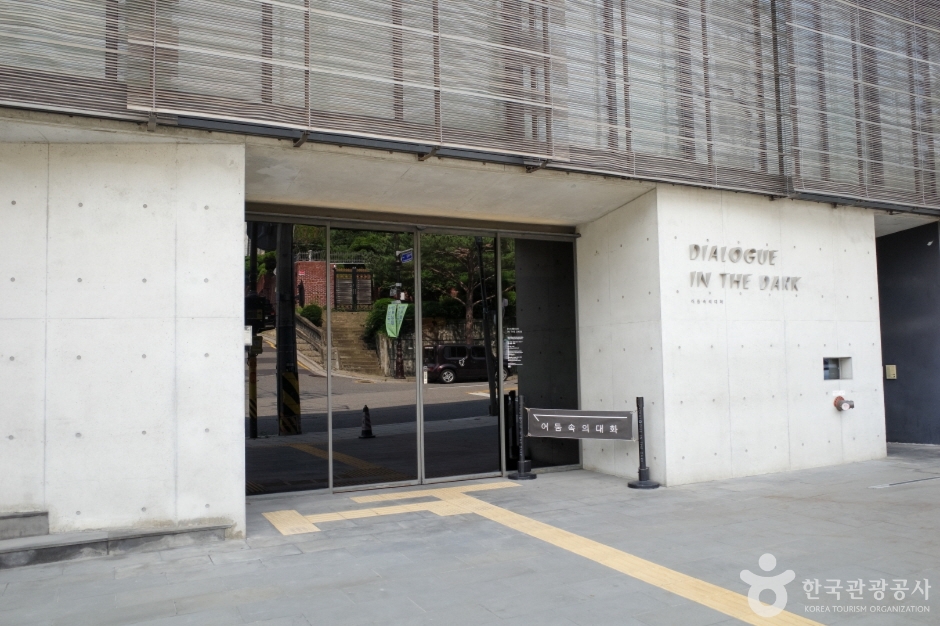
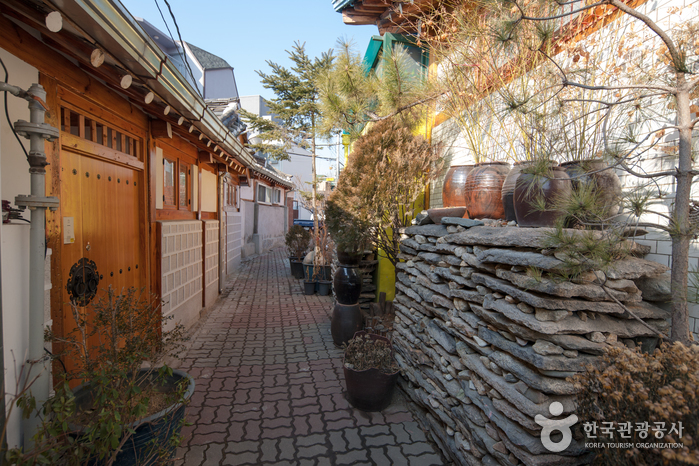

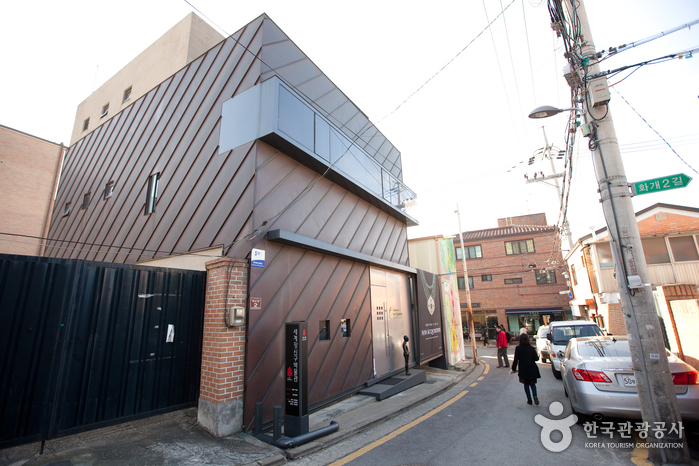
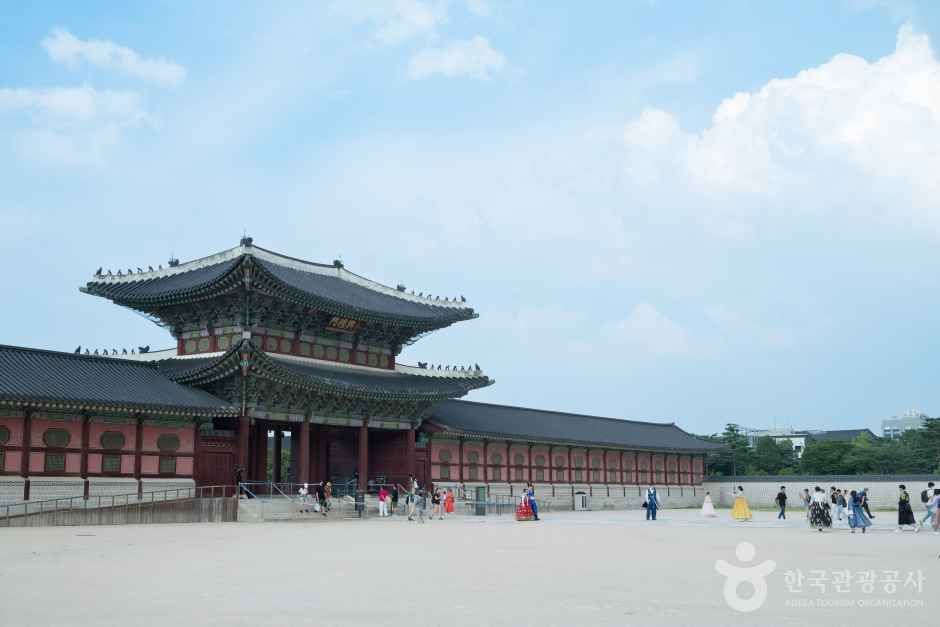
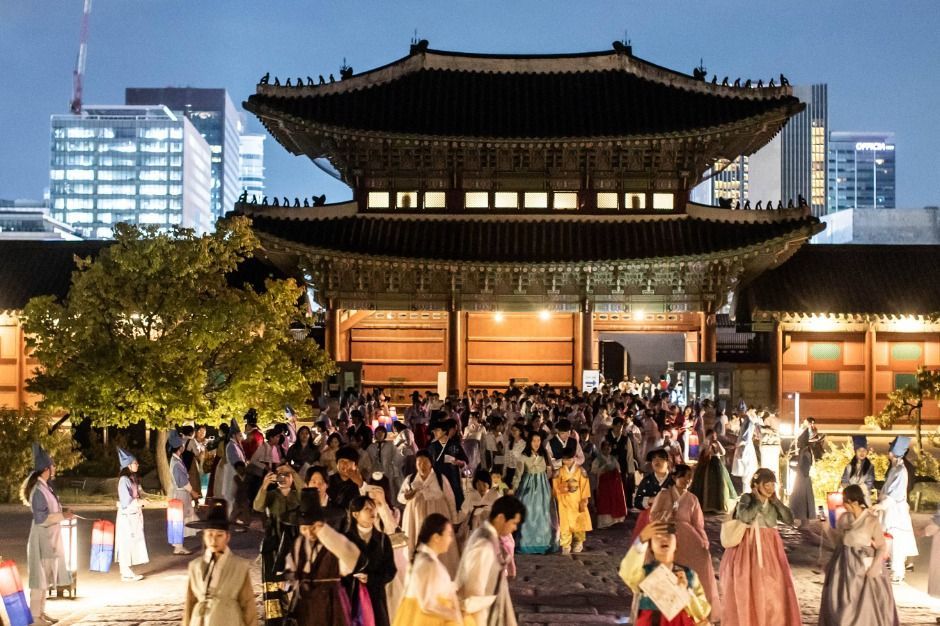
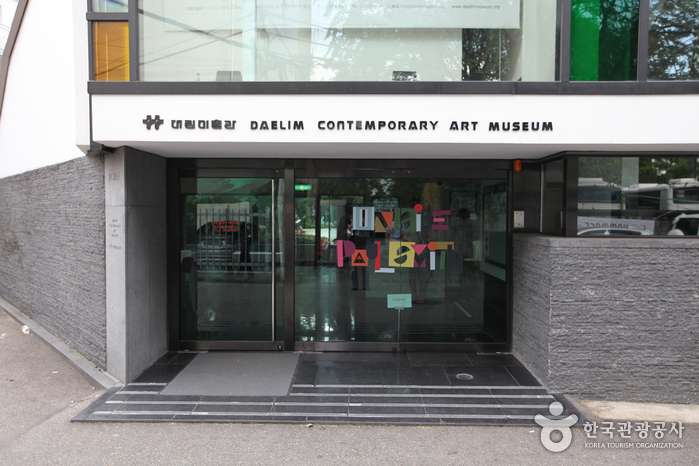
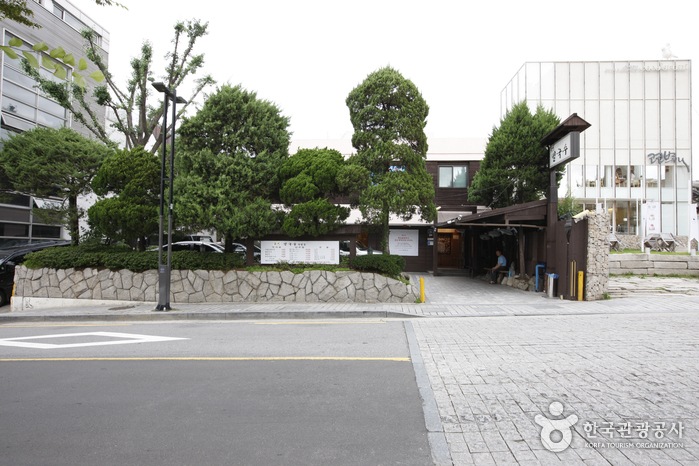
 Español
Español
 한국어
한국어 English
English 日本語
日本語 中文(简体)
中文(简体) Deutsch
Deutsch Français
Français Русский
Русский